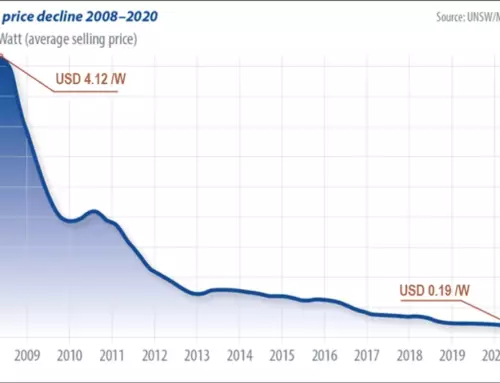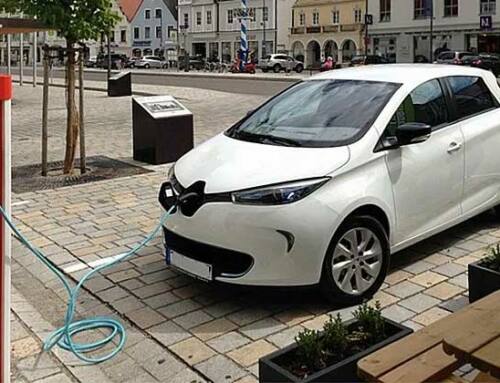As India believes in diversity, India has set diverse and ambitious goals towards renewable energy.

For a long time, India as a nation believed that climate action and ecological protection were secondary to our development because India followed a model of infrastructure development. The mindset was that infrastructure development is the only key to standing globally. But today, we are faced with a different challenge altogether – it no longer seems straightforward to divorce environmental sustainability from national development.
With an average of 300 sunny days in India every year, the power that a solar panel can generate from radiation is outstanding. I will try now firsthand to give you some enlightenment of existing and upcoming projects and plans on renewable energy in India – which are outstanding in my eyes.
India’s aim is to achieve a capacity of 175 GW of renewable energy by the end of 2022 and can expand up to 450 GW by the end of 2030.
NITI Aayog (a policy think tank for the Indian government) set a target of 175 GW of renewable capacity for 2022, 160 GW of which would be in the form of either wind or solar.
Following these considerations, assessing feasible renewable pathways to decarbonize India’s energy sector offers an important and urgent challenge.
This is the world’s largest expansion plan.
The world’s largest renewable energy park of 30 GW capacity which combines solar/wind/hybrid projects is under installation in Gujarat state (East of India).
As of 31 June 2021, the total installed capacity for Renewables in India is 96.95 GW, which is around 100 GW.
- Wind Power – 39.44 GW
- Solar Power – 41.09 GW
- Bio Power – 10.34 GW
- Hydro Power – 4.79 GW
(ref. Lu, T., Sherman, P., Chen, X. et al. India’s potential for integrating solar and on- and offshore wind power into its energy system. Nat Commun 11, 4750 (2020). https://doi.org/10.1038/s41467-020-18318-7)
Additionally, TP Renewable Microgrid (TPRMG) has launched the world’s largest sustainability program of renewable energy for rural areas. It has covered more than 186 villages and plans to cover more than 10,000 villages in the next 6-7 years.
According to the new budget announcement of 2022-2023:
Finance minister of India Nirmala Sitharaman, in her budget speech in parliament on 01.02.2022, announced major allocations focusing on the growth of renewable energy, energy efficiency, electric mobility, data centres, buildings efficiency, grid-connected energy storage and supporting incentives for green bonds.
Also, she announced major support for domestic manufacturing of solar panels to meet the target of 250 GW installed solar capacity by 2030, INR 19,500 crores which is around 2.5 billion USD will be allocated for the production of Linked Incentive (PLI) for high-efficiency modules with priority to fully integrated units will be made in 2022-2023.
Energy-saving and energy efficiency will be also promoted in large commercial buildings. The government of India would also launch a battery swapping policy, which can allow the setting up of charging station collaboration with private companies by providing land resources. (ref.: Sudheer Singh: Budget 2022: From solar power to battery manufacturing, FM focuses on energy transition (2022). https://energy.economictimes.indiatimes.com/news/renewable/budget-2022-from-solar-power-to-battery-manufacturing-fm-focuses-on-energy-transition/89267691)
All these scenarios consider the possibility of much higher levels of renewables for India in the future. There is a clear need for an integrated view of the potential for a low-carbon future in India. Within this blog series, we will give you some more information on the developments for India. Stay tuned for the next blog about innovative technology on solar panels.






